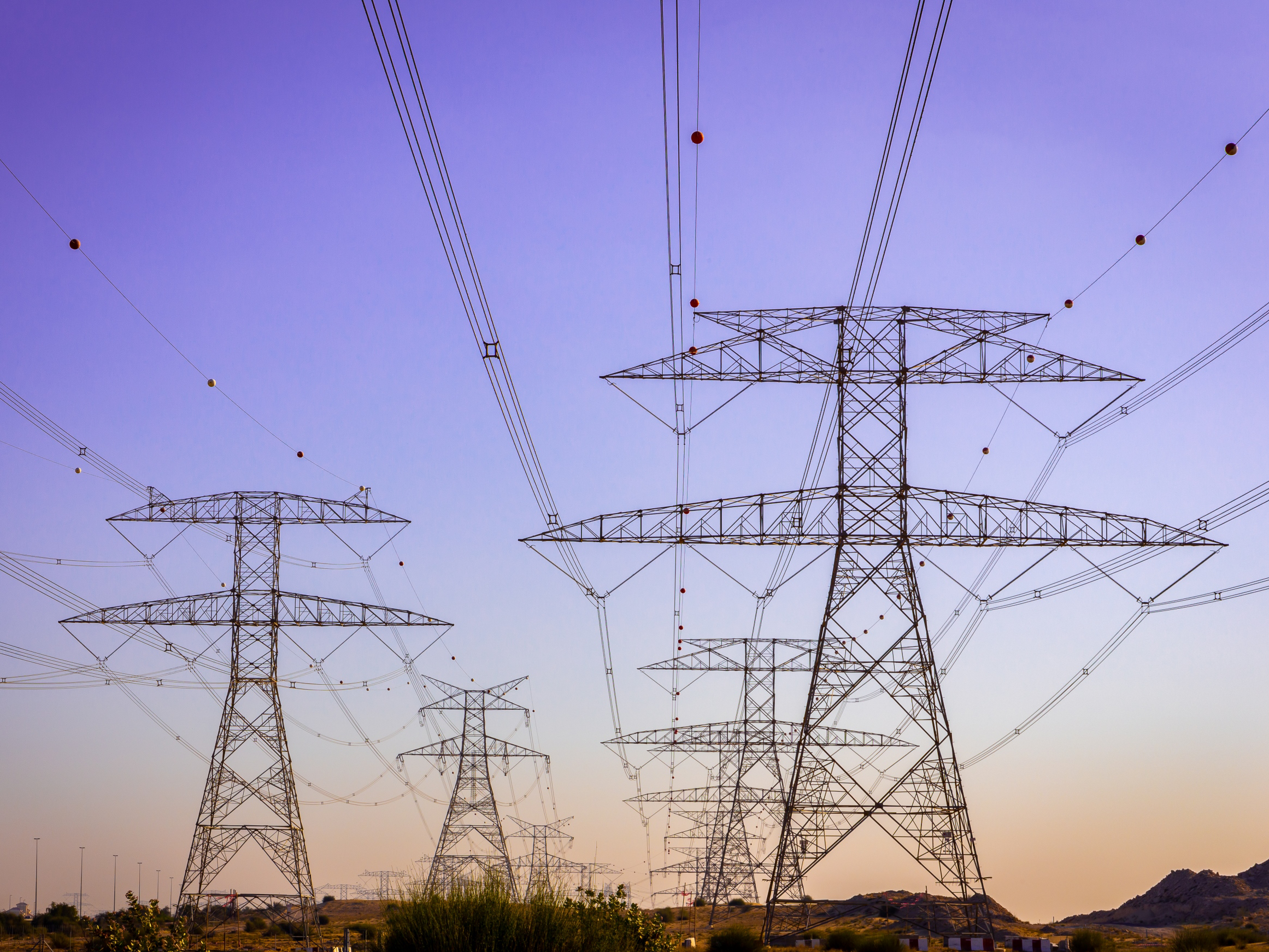Solar Inverter
- Home
- ENERGY MANAGEMENT
- Solar Inverter
One of the key applications of sensors in solar inverters is in maximizing energy conversion efficiency.By continuously monitoring the sunlight intensity, temperature, and other environmental factors, sensors enable operators to adjust the tilt angle and tracking system of the solar panels. This ensures that the panels are always positioned optimally to capture the maximum amount of sunlight and convert it into usable electricity.
•Protect the solar inverter
They can detect abnormal conditions such as overvoltage, overcurrent, or temperature fluctuations, and trigger protective measures or shutdowns to prevent damage to the system.
•Monitoring and Optimization
They provide real-time data on power output, voltage stability, and other parameters, allowing operators to assess the efficiency of the system and identify any faults or inefficiencies.
•Power Quality Management
Current sensors enable the detection and monitoring of power quality parameters.By continuously monitoring the current waveform, these sensors help identify any deviations from the desired power quality standards.
Product for Solar inverter
C05 /C05-XXA33/C05-80…120A/Series
- Accurately measures AC, DC and pulse currents
- Fast response 3µs, minimal noise output
- No insertion losses
- High immunity from external interference
- Excellent current overload capacity
- High ESD sensitivity (Human Body Model) 4kV
C06 /C06-XXA33/Series
- Accurately measures AC, DC and pulse currents
- Fast response 3.5µs, minimal noise output
- No insertion losses
- High immunity from external interference
- Excellent current overload capacity
- High ESD sensitivity (Human Body Model) 4kV
LF01 Series
- Accurately measures AC, DC and pulse currents
- Rapid response, minimal noise output
- Superior temperature stability and linearity
- No insertion losses
- High immunity from external interference
- Nearly zero offset voltage
- High ESD sensitivity (Human Body Model) 4kV
LF03 Series
- Accurately measures AC, DC and pulse currents
- Very low offset voltage
- Fast response 1μs
- High frequency bandwidth
- Nearly zero offset voltage




